Disclosure: This shop has been compensated by Collective Bias, Inc. All opinions are mine alone. #StopPainNow #CollectiveBias
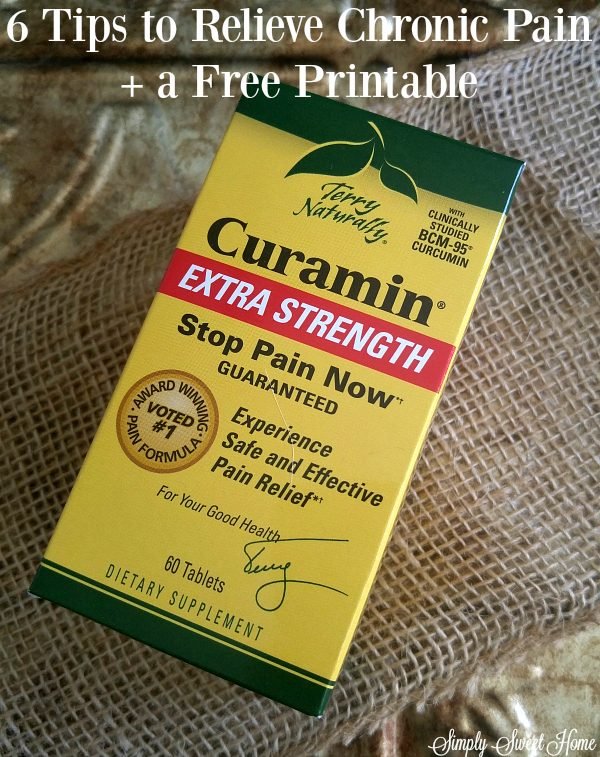
Today more and more people suffer from chronic pain as the result of injury or other conditions. A couple of years ago, my husband was diagnosed with peripheral neuropathy. This condition can affect any part of the body, but it mostly affects his feet. Then a year ago, he was working on our nephew’s roof when he fell and broke his back. As result, he was out of work for a couple of months, and he had to wear a brace and use a walker. Although he recovered well from his back injury and did not require surgery, he still deals with back pain on an almost daily basis, and he has periodic pains in his feet from the neuropathy.
A lot of the pain he experiences is further exacerbated by his work, but since he can’t just go quit his job, we have to come up with ways to manage and relieve his pain. Today I’m going to offer up some of my pain management tips that we follow.
 1. Medications – The most obvious way to relieve pain is to take the proper medications, and yet it’s amazing how many people experience pain and other symptoms on a daily basis but refuse to take the proper medications. For chronic pain you doctor can recommend the best prescription or over the counter medications available for your condition.
1. Medications – The most obvious way to relieve pain is to take the proper medications, and yet it’s amazing how many people experience pain and other symptoms on a daily basis but refuse to take the proper medications. For chronic pain you doctor can recommend the best prescription or over the counter medications available for your condition.
There are also alternatives to your traditional pain relievers, including daily supplements you can take like Curamin® Stop Pain Now. Curamin® is a number one selling product. It has a is a safe, effective, non-addictive herbal formula that gets to the source of you pain, rather than masking it.
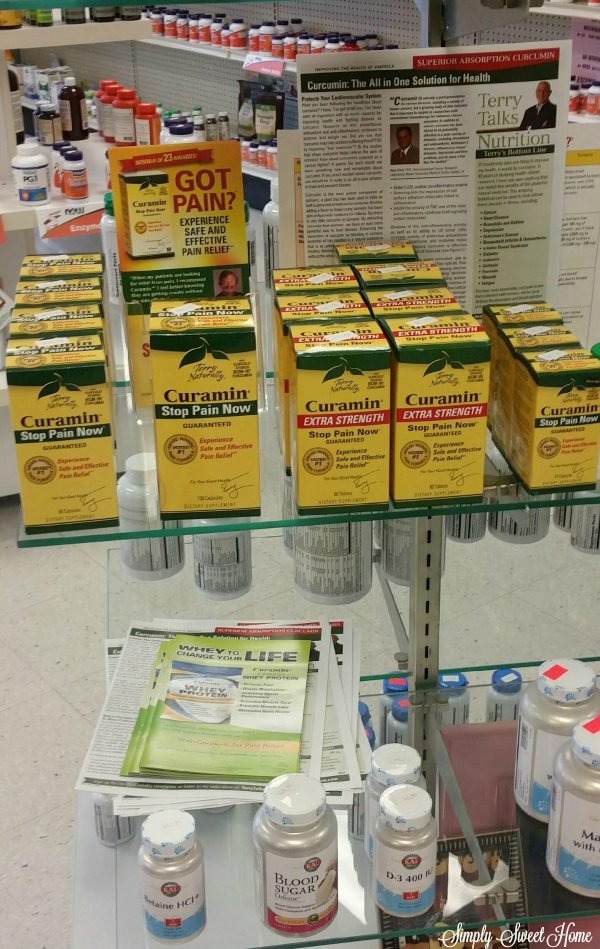
Curamin® is available at health food and vitamins stores in quantities of 30 and 60 capsules. Regular and extra strength varieties are available.
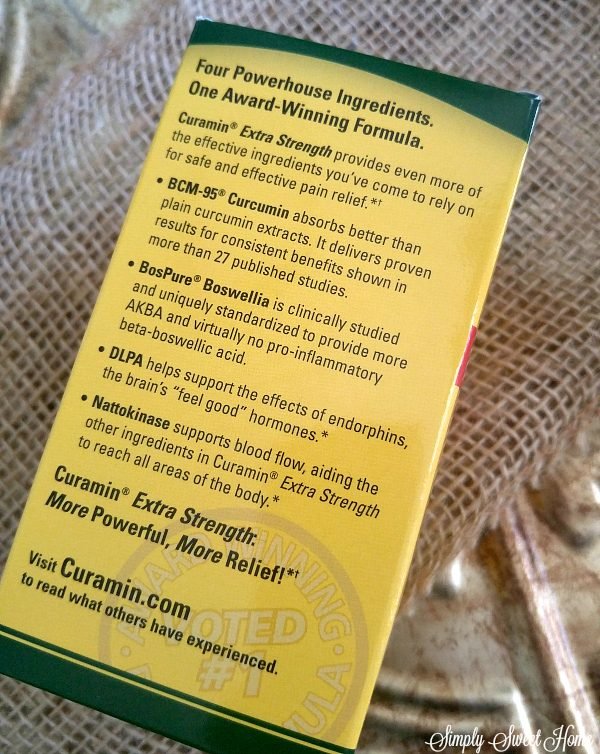
I recently purchased Curamin® for my husband. I like the product because it offers a variety of ingredients with different indications. For example, it includes DLPA, which helps support the effects of endorphins (the brain’s “feel good” hormones), while Nattokinase supports blood flow.

2. Hot Baths with Essential Oils or Bath Salts – For pain, a hot shower can work wonders, and a hot bath is even better! Most days after work, my husband skips a shower and goes right for the hot bath to relax and soothe his sore muscles. He also enjoys uses baths salts in his bath, especially salts contain menthol and eucalyptus.
I’ve also turned him on to using essential oils in the bath. There are a lot of oil blends that you can purchase to promote relaxation and pain relief. You can also purchase individual oils. For pain relief, my husband likes peppermint, and for relaxation, lavender is great.
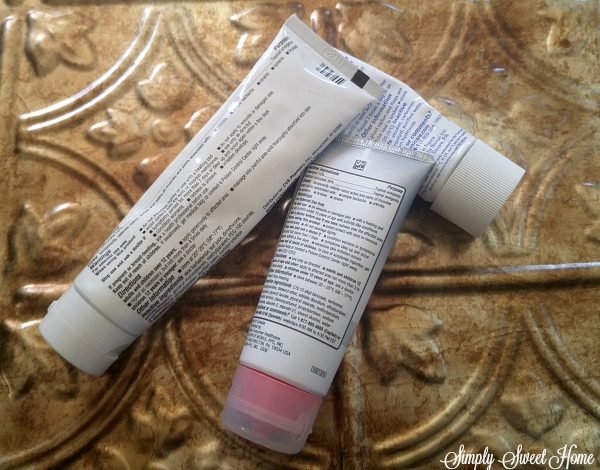
3. Pain relief ointments, gels and creams – For many types of pain, an application of a gel, cream, or ointment can work wonders. Using these while on the job or before bed can help to numb away and get your mind off your pain. And if you like natural remedies, try adding a few drops of peppermint oil or a pain relief essential oil blend to a carrier oil, such as almond or coconut oil, and rub in to the effected area.
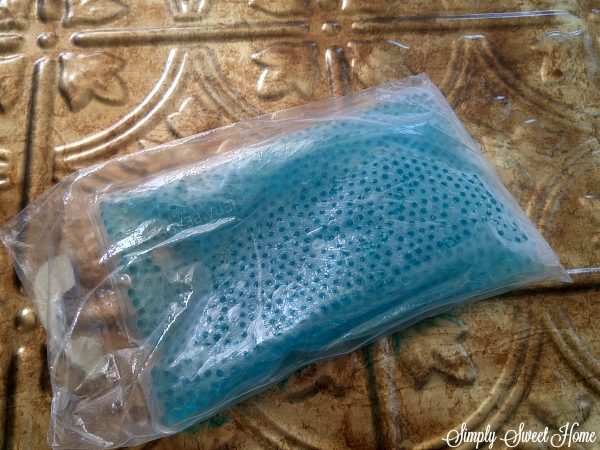
4. Heat Packs and Ice Packs – In certain cases, heat packs and pads can help to relax your pain; while in other cases, a cold pack may be more effective.

5. Alternative Therapies – Alternative therapies, such as massage, acupressure, and acupuncture may be effective to combat your pain. If you can not afford professional sessions, you can get forms of these therapies from the comforts of your own home. You can purchase an acupressure mat like the one pictured above. You can also do research to learn about pressure points and how you or a partner can help you to administer these therapies.
6. Rest – You can never underestimate the importance of rest and relaxation when it comes to pain management. Going to bed early and sleeping with a mattress and pillows that are comfortable can help to alleviate our pain. It also may be necessary to limit certain work activities and exercise if you believe those are exacerbating your condition.
![]()
To help you track and manage your pain, I’ve created this Free Printable. The printable has boxes where you can record the type of pain you have, as well as the duration and severity. You can also record medications and other therapies given. And it has a place where you can record your daily activities to see how those may affect your pain. Download Your Free Printable Pain Tracker here.
Do you or a loved one suffer from occasional or chronic pain? If you have a tip manage or relieve pain, I’d love to hear about. Comment on this post to share your tip!


I’ve never thought of using a pain tracker to keep up with when I experience pain. Good idea! #client